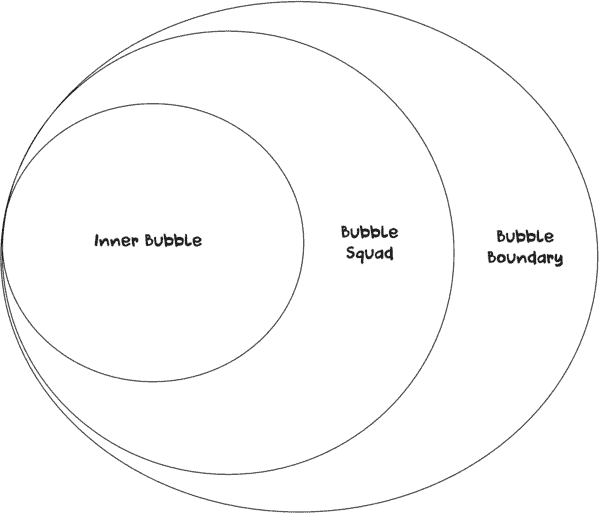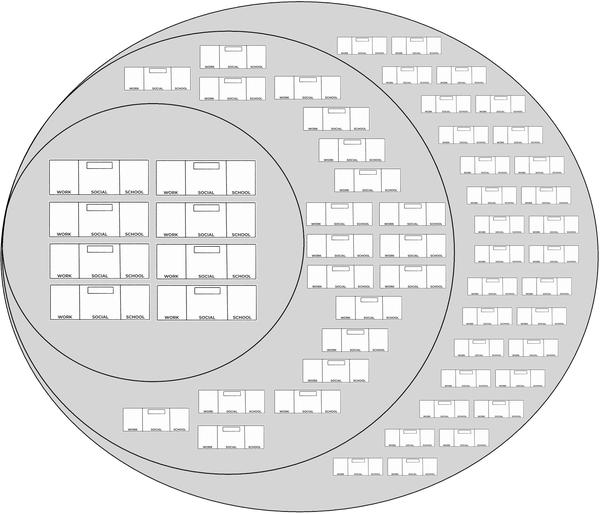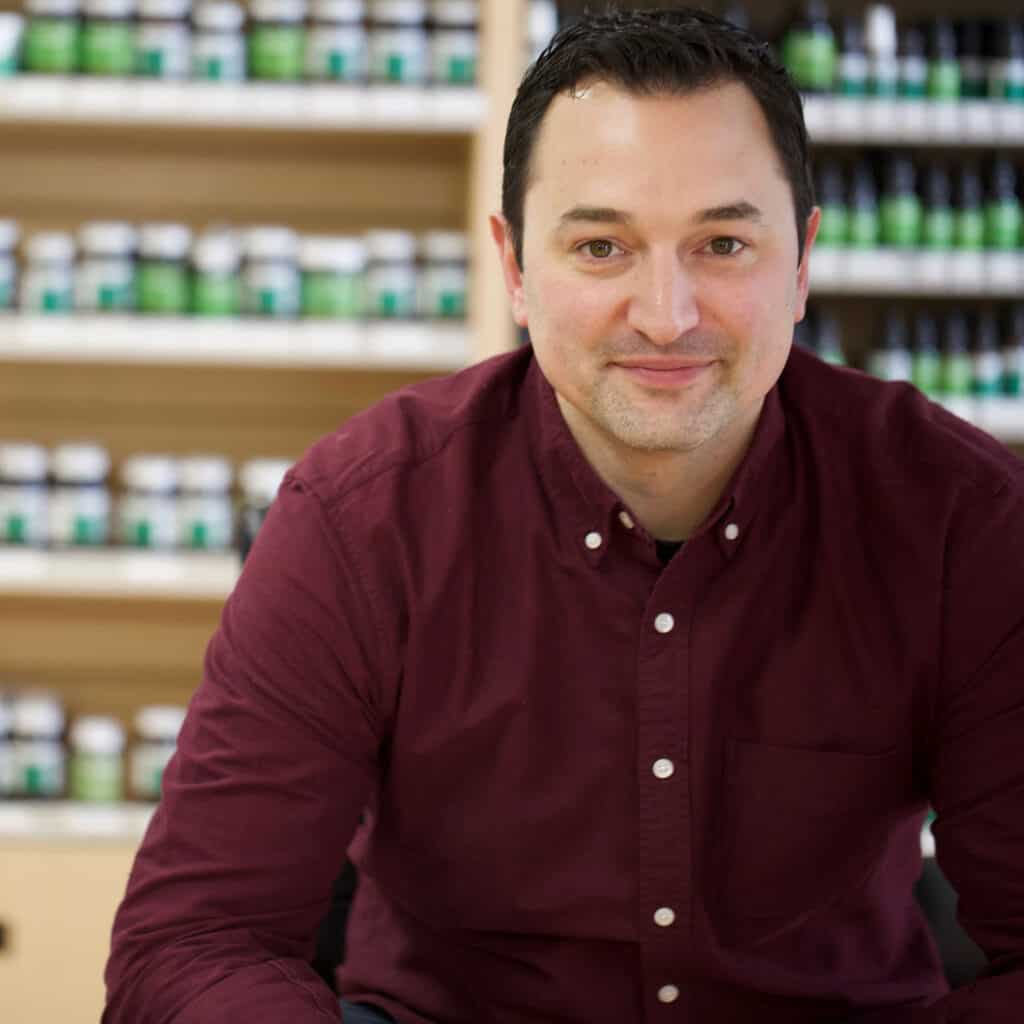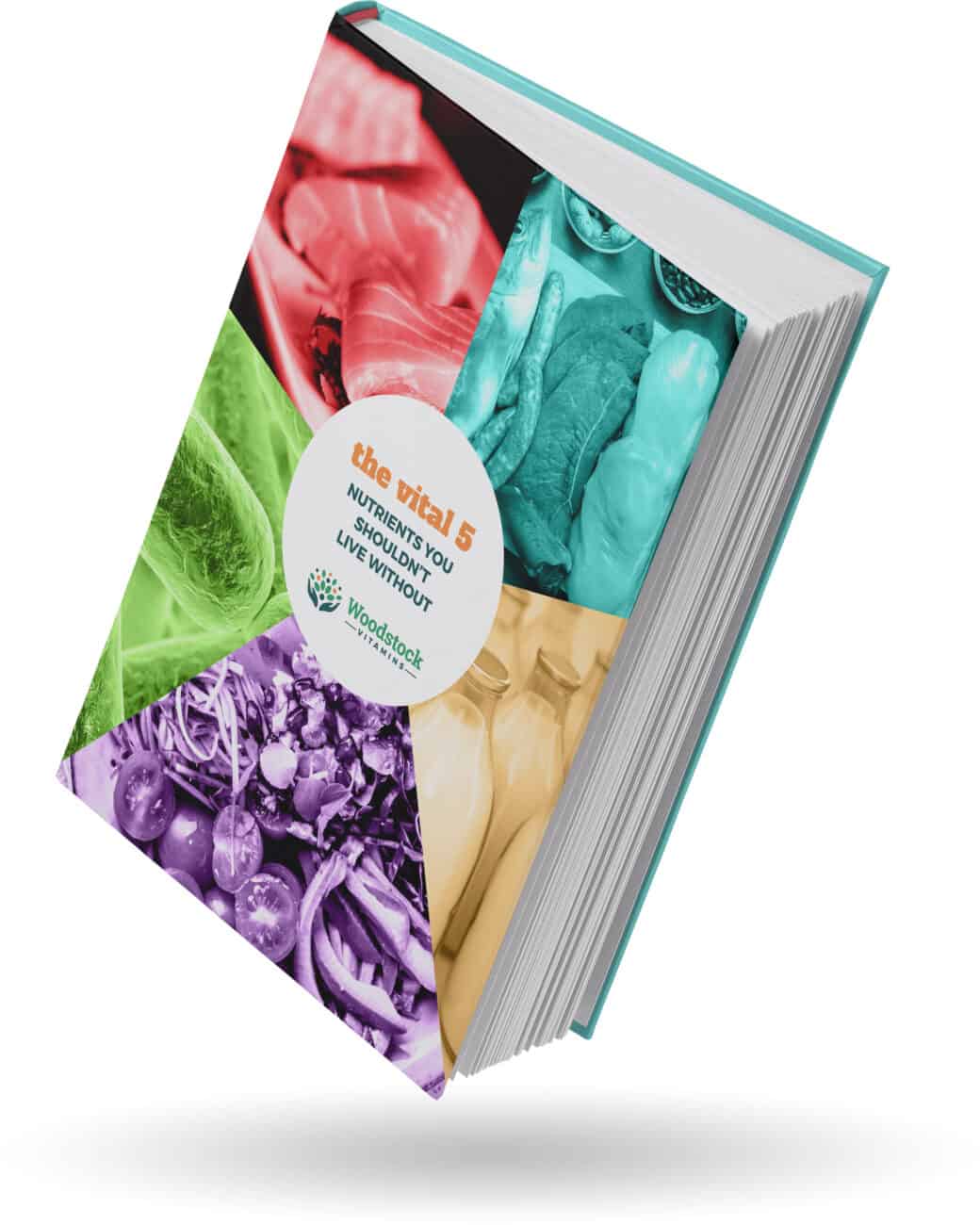Practical tips for managing and coping with covid. That’s my specialty. We’ve talked about how to re-emerge from our caves after quarantine, but now we need some help returning to our dens for hibernation.
Because, as they say in horrible failed TV shows:
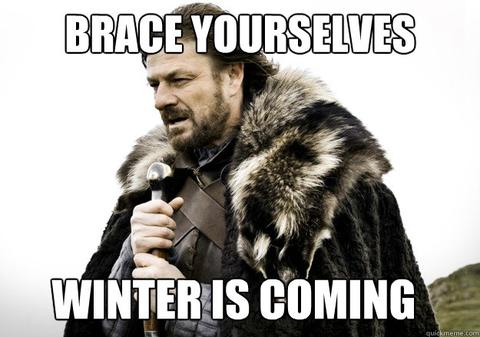
If you’re anything like me, you’re a bit nervous, frustrated, and worried about how the fall will play out.
In the southern hemisphere, where numbers were more controlled than ours, we saw spikes of activity due to cold weather. Europe is starting to get their second wave. Kids are going back to school.
In other words, we have reason to be nervous.
As Dr. Dresdale and I have discussed numerous times on the show and in blogs, we can spend our time worrying and “suffering” over a future that isn’t here and we truly can’t control, but that is wasted energy.
We should make a plan for the things we can control, execute honestly and consistently, and see what happens.
This blog will give a brief model for planning your winter. There are two main points we’ll cover:
- How you can rate the risk levels of the various people in your life
- How we need to create not one, but three bubbles or tiers of people we’ll spend time with
By going through this exercise, you can CLEARLY see your REAL risk and then can make a plan to minimize it.
You might find that you can be a little more adventurous and don’t have to put so much pressure on yourself.
Understanding and Categorizing Risky COVID Behaviors
When we talked about getting social again, we basically said this: hang out with low risk people in low risk environments.
Then, realize that if we can’t have that, we have to kind of have a see-saw; we can hang with high risk people in very low risk environments, or we can hang with low risk people in high risk environments.
The cold weather eliminates a big low-risk environment from the equation.
High-risk environments, are:
- Bars and restaurants
- Gyms
- Schools
- Small, confined spaces with lots of people in them (especially ones with no masks)
(As an aside, here in NY gyms opened up with tight restrictions and all is going well. How awesome, right?)
The secret to success this fall is to avoid highest-risk environments and spend your time with folks who are of the lowest risk.
Rating the Risk Levels of Your Friends and Family
With this model, you can judge your friends and family without them even knowing! Feel free to add gossip as much as possible ????
I believe there are three dimensions we could rate people against for COVID risk:
- Their work situation
- Their school situation
- There social situation
Since everyone in my house is homeschooling and doing lots of art projects all over my counters and tables, I’m going to give you a downloadable that you can conduct your own little art projects with as you harshly judge those in your life.
For each person in your life, you’ll color in their risk level for each dimension. Plus there’s a lil’ spot for their name! We thought of everything!
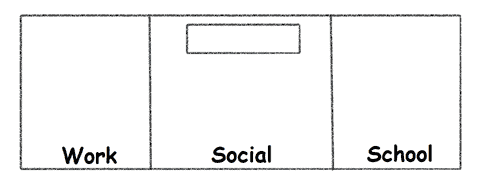
Fun with Crayons
For each dimension, I believe there are 4 risk levels. Each of those could correspond to a different color:
- No risk – no color
- Low risk – green
- Medium risk – yellow
- High risk – red
Let’s look at each dimension and give you some guidance on what each risk level would look like!
Remember, think this through for each individual. For example, in my house, I have 6 individuals, 4 of whom don’t pay rent. Their individual “work” risk is “no risk” because they are lazy freeloaders who don’t have jobs. Or they’re 10 and 7. Whatever.
Work
- No risk: those who work from home
- Low risk: those who go to an office or business, but people are generally far away from each other, if not in their own offices, and everyone is behaving with the COVID trinity (hand washing, masks, distancing)
- Medium risk : those who work in a place with lots of people of unknown risk and/or they’re lax with the COVID trinity
- High risk: those who work in schools, restaurants, bars, emergency personnel, etc. Anywhere where you’re likely to get coughed on by a COVID carrier
Social
- No risk: those who are so antisocial they didn’t know we were in pandemic, those who have literally not left the house into risky situations
- Low risk: those with a very tight social circle with fellow low riskers. If they need to go out, it’s task-focused shopping and they follow the COVID trinity
- Medium risk: those who are a little more adventurous. They will go to an outdoors restaurant or bar, or they may have a bigger (and less vigilant) social circle
- High risk: those who are Runaround Sue mask holes that are making life worse for us all. Or, those who have to be in contact with high risk folks on the regular and know this isn’t a hoax.
School
- No risk: those who are homeschooled
- Low risk: those who attend a tightly controlled environment with smaller class sizes, bonus if the cohort of folks are the same each day, like in a daycare
- Medium risk: the best analogy here is what I envision most NY schools as, where there will be controls but we still have older ventilation systems in play, high volumes of kids, and other risk factors to consider
- High risk: I envision this as any school that looked like the picture of the Georgia schools or all of the stories about the frat houses
With this information, take a moment and do your art project for all the folks in your life.
Alternatively, you can use my Excel spreadsheet, too!
Building the Bubble
We need to prioritize the contact with the folks in our lives. We’re going to do what the NBA did and create a protective bubble, where those we know about are inside and everyone else is kept outside to keep COVID at bay.
The thing is, we’re not getting paid millions of bucks, nor do we want to be away from our loved ones (or strippers?) for too long.
My suggestion is we create multiple layers of bubbles. Like this:
Here’s what funky name they should be called and what they look like:
- Inner bubble: Everyone in this bubble are the ones you HAVE to see. You literally can’t avoid these people. These are housemates and the like.
- Bubble squad: These are higher priority folks who you NEED to see or you’ll not cope so well with COVID any longer.
- Bubble boundary: These are your people that you want to be social with, but you’ll be ok if you miss some time or don’t see them for a few weeks
Keep in mind that this is only your social peeps, so coworkers don’t go in this bubble. The risks associated with your coworkers is shown by your “work” box color.
We should draw these circles out as concentric circles on a piece of paper. Don’t cheat and get poster board!
We have to identify who these people are for us. Let’s use me for an example, using a small selection of friends and family:
- Inner bubble: Erin, Neal, Ava, Rowan, Liv, Arya
- Bubble squad: Erin’s sister (and the 4 family members), Erin’s parents, My grandmother/uncle/aunt, Erin’s grandparents
- Bubble boundary: Our local friend families (listing each one of them and their kids)
Putting It All Together
Our art project is almost finished!
For each person, color their risk boxes, and then put them into the correct circles.
What you’ll find is a pretty real indicator of the risk to you this fall.
How many people are yellow/red that are in your inner circles?
How many people are in your circles, period? Lots of clutter means you have a high risk situation there.
We can use this information to gain the clarity we need for comfort this fall. It makes no sense to me to worry about what ifs if we engage in risk behaviors without this clarity first.
Finally, since we still have a pretty long turnaround for testing, this list will help you with contact tracing, if the need arises.
Download all the stuff I shared today here:
Just trying to keep it real…

Neal Smoller, PharmD
Owner, Pharmacist, Big Mouth
[email protected]


